GRASSROOTS CALL TO ACTION: URGE CONGRESS TO SUPPORT LOCALLY-LED CONSERVATION IN FARM BILL
Make your voice heard for locally-led conservation! Members of Congress are spending the month of August hearing from constituents, and it is an important time for you as supporters of conservation to talk to about what your conservation district needs.
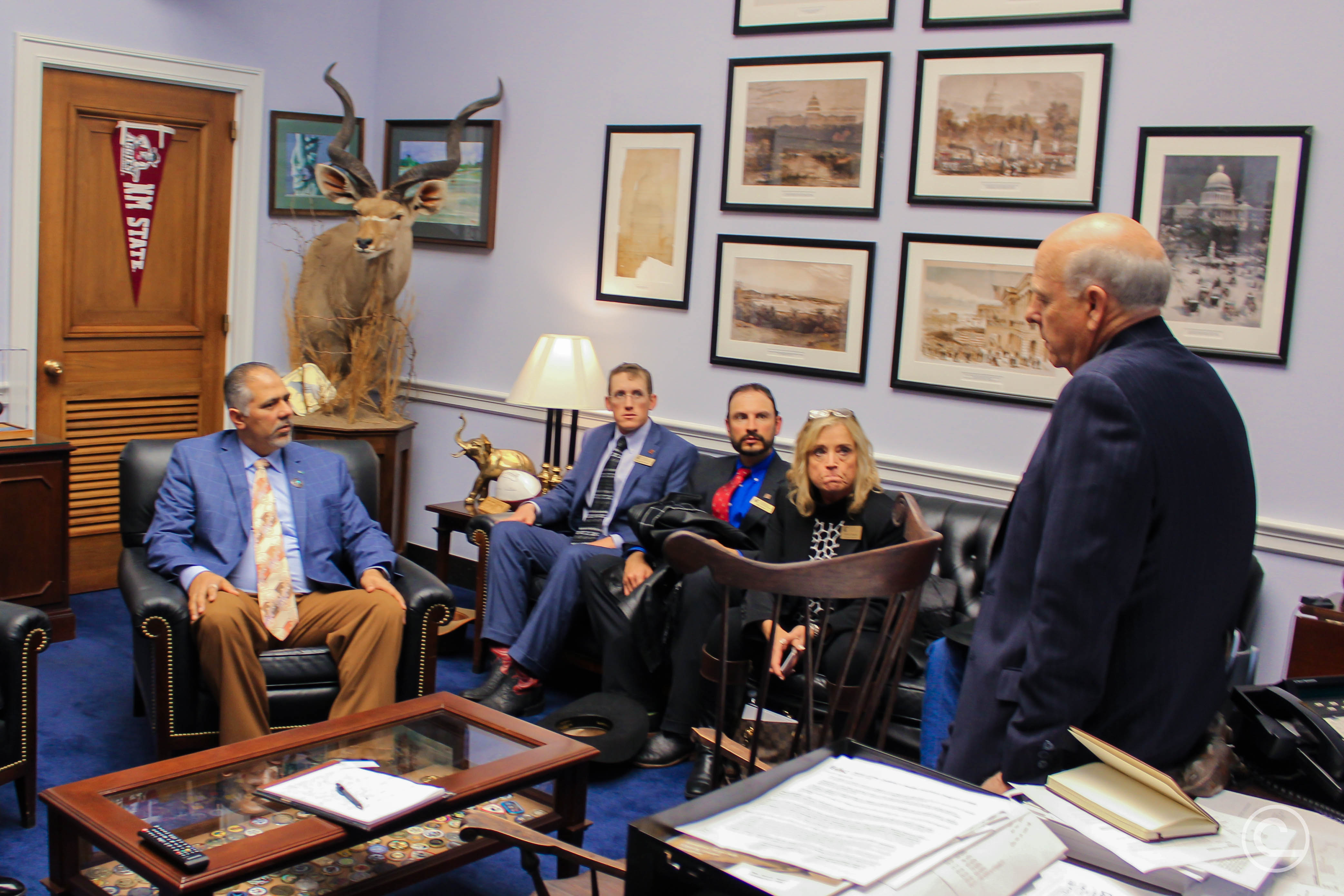
This August recess is particularly crucial as farm bill talks continue. Two of the biggest issues NACD is communicating to the conference committee are the need for strong federal funding for conservation programs at USDA and the protection of the locally-led conservation delivery process supported by conservation districts across the country.
Visit NACD’s grassroots page to learn more about what NACD is doing in support of conservation in the next farm bill. There you can find information on current issues, talking points you can carry to your elected officials and a template letter you can send during this month's recess and beyond.
NACD SEEKS DISTRICT
SUCCESS STORIES
In July, the Western Landowners Alliance Stewardship with Vision released a video featuring New Mexico Association of Conservation Districts President and NACD Board Member Jim Berlier. Berlier, owner of San Pablo Ranch (also known as Berlier Ranch), has been ranching in Encino, N.M., for decades, becoming involved with East Torrance Conservation District and the state association about 15 years ago.
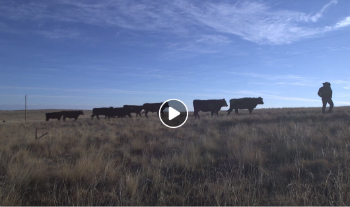
“I’ve had a passion for soil health and range conditions all my life,” Berlier said. “If we don’t maintain the grasslands in a healthy manner – and leave them better than we found them – there just won’t be anything for our grandchildren and for future generations.”
In this video, Berlier describes how he cares for his land and implements conservation practices while facing natural resource challenges common in the region.

Does your district have success stories? NACD is seeking examples of long-lasting, successful district or state association projects that have positively impacted the local landscape and community. If your district or state association has led the way in conservation since it was founded, let us know! Email our NACD Communications Team with your district name, state and examples of how your project/s made a difference on your landscape.
CONSERVATION DISTRICTS STRONG PARTNERS IN LRP
Since its inception, the Joint Chiefs’ Landscape Restoration Partnership (LRP) has experienced success in all areas of the country. LRP brings partners together from federal, state and local levels and throughout the conservation community for the greater good of our forests. NACD Forestry Resource Policy Group (RPG) Chair and Montana Board Member Steve Hedstrom wrote the following in the recently released Forestry Notes Special Report on LRP:
“In my home state of Montana, the state endures the far-reaching effects of wildfires," Hedstrom said. "LRP is helping western lands manage the impacts of fire and enhance our waters and wildlife habitat. It’s a program conservation districts can be proud to support."
"Of the 56 projects funded by the Forest Service and NRCS since LRP was launched, 20 include a conservation district among the active partners. Conservation districts are helping these LRP projects be successful in a variety of ways," Hedstrom said. "It’s proof of our versatility and our commitment to protecting and enhancing our nation’s forestlands.”
The Forestry Notes Special Report contains excerpts of how conservation districts are contributing to LRP projects nationwide. To read the full stories about these projects, visit our blog.
NACD FORESTRY NOTES SITS DOWN WITH LARRY WISEMAN
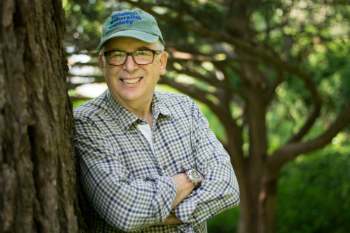 Larry Wiseman formed CenterLine Strategy after a 29-year career as founding president and CEO of the American Forest Foundation. In 2010, he received the Legacy Award from the Arbor Day Foundation for career achievement in forestry. Since then, he’s served as Chair of the National Urban and Community Forestry Advisory Council (NUCFAC) and acts as senior adviser to the Sustainable Urban Forests Coalition (SUFC). Wiseman serves as co-creator and content developer for the Vibrant Cities Lab website and shared time with NACD Forestry Notes to discuss the project. Larry Wiseman formed CenterLine Strategy after a 29-year career as founding president and CEO of the American Forest Foundation. In 2010, he received the Legacy Award from the Arbor Day Foundation for career achievement in forestry. Since then, he’s served as Chair of the National Urban and Community Forestry Advisory Council (NUCFAC) and acts as senior adviser to the Sustainable Urban Forests Coalition (SUFC). Wiseman serves as co-creator and content developer for the Vibrant Cities Lab website and shared time with NACD Forestry Notes to discuss the project.
Q: The National Association of Conservation Districts (NACD) is listed among your “leading organizations and coalitions that drive urban forestry.” What areas do you believe conservation districts can grow their support for urban forestry efforts?
Wiseman: “Conservation districts work at the intersection of people and nature – helping people conserve environmental values and assuring that a healthy environment serves people. That’s as important to city dwellers as it is to rural folks.
"Many districts, along with NACD, already engage in a variety of activities related to protecting and growing urban trees. In line with their traditional networking role, some districts link up with their state urban forestry coordinator to make sure that residents have ready access to the professional resources they need. Others support local efforts to identify and reduce tree-killing pests like the emerald ash borer, and train residents to become stewards of their community trees.
"The problems facing urban and rural community forests share similar roots. In cities and towns, a growing population means less land for trees. In rural villages, declining population means fewer resources to care for trees. Conservation districts were created to anticipate and help address these problems.”
Read the full interview on NACD’s blog.
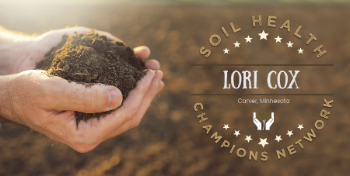
LORI COX
CARVER, MINNESOTA
After living 12 years in Washington state, Lori Cox and her family moved back to Minnesota where she was born and raised. In 2014, Cox purchased what is now Roots Return Heritage Farm and immediately began implementing conservation practices, preparing the soil for production. Since 2016, Roots Return Heritage Farm has been producing vegetables, herbs and fruit available for direct purchase. As one of the ten NACD Soil Health Champions from Minnesota, Cox holds a niche in the network that broadens the conversation of soil health.
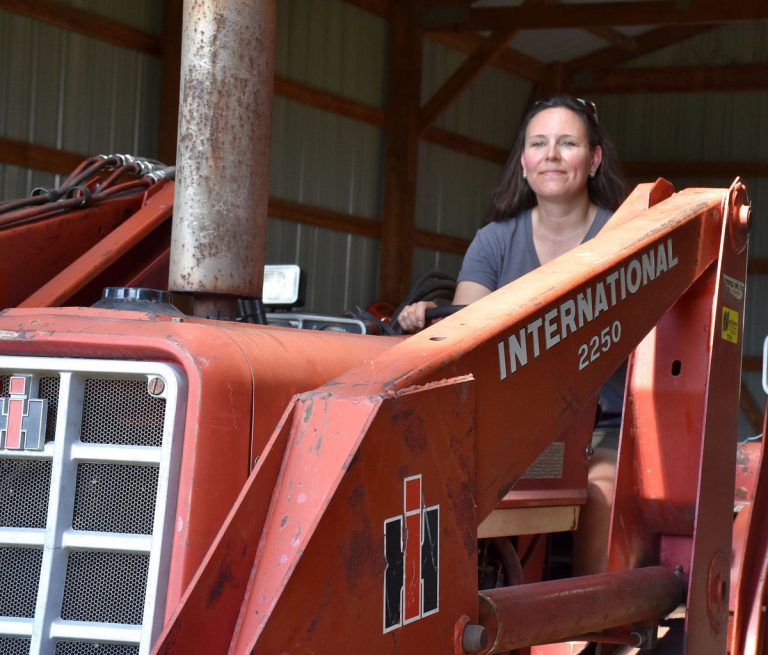
Since establishing the farm, Cox has made strides to be a well-rounded conservationist in her management of the crops as well as the farm itself. She installed a water and sediment control basin to replace the catastrophic drain and field blowout due to 2014 flooding. Cox also rotates cover crops to reduce gully erosion and downstream runoff, help improve soil and plant health, and establish pollinator habitat. Partnering with the Carver County Water Management Organization (WMO), Cox established a 920 gallon water re-use and catchment system on her farm – collecting rainwater from her barn roof and storing it to irrigate annual and perennial crops.
For her strides toward soil health and conservation-minded production, Cox has received some well-deserved recognition. The Carver Soil and Water Conservation District named Cox the 2017 Outstanding Conservationist and Roots Return Heritage Farm has been designated a Minnesota Ag Water Quality Certified Farm. In June, Cox hosted a farm stop on the “Buzzing with Ag Literacy Teacher Tour” – an event orchestrated by Minnesota Agriculture in the Classroom (MAITC), for which is she is a board member. This event is just one of many outreach opportunities that Cox participates in, sharing and demonstrating the message of soil health.
To read more about Lori Cox and Roots Return Heritage Farm, please visit the NACD website for her NACD Soil Health Champion profile or check out their Facebook page. And if you or someone you know would like to join the NACD Soil Health Champion Network, contact NACD North Central Region Representative Beth Mason, 317-946-4463, for more information.
|
|
|
|
|
Email Marketing By
|


|
|
|
|
|